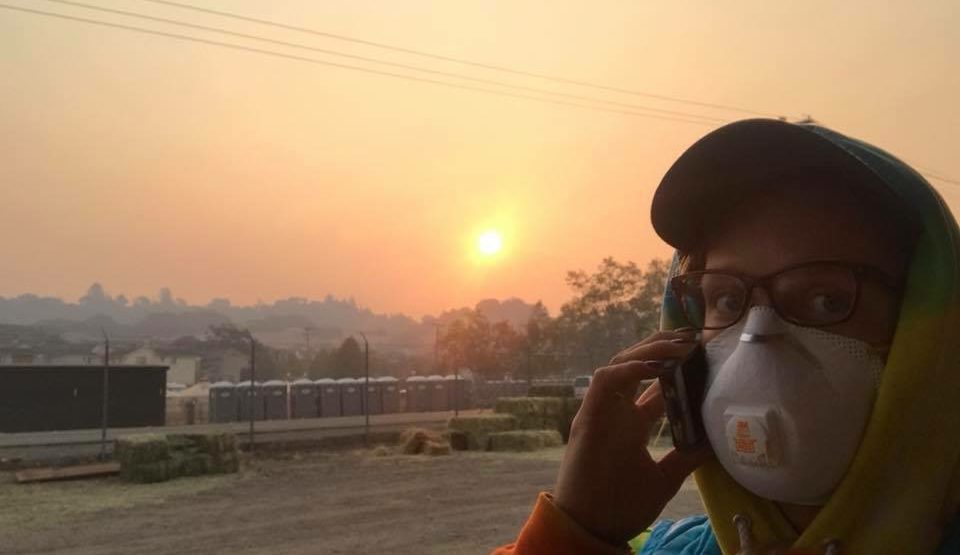“The entire community was completely burnt to the ground. The smoke was so heavy that you couldn’t see a block away. It felt like a zombie apocalypse movie without the zombies.”
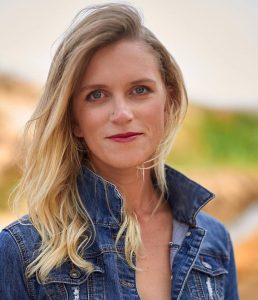 Those are just a few of the memories that Georgia Ruth Hellum-Willits ’14 has of the recent wildfires that tore through Northern California, destroying over 200,000 acres. But the William Woods University alumna wasn’t just an observer; she was one of the rescuers. Whom did she rescue? Horses.
Those are just a few of the memories that Georgia Ruth Hellum-Willits ’14 has of the recent wildfires that tore through Northern California, destroying over 200,000 acres. But the William Woods University alumna wasn’t just an observer; she was one of the rescuers. Whom did she rescue? Horses.
From The Woods to the Wildfires
Originally from Arcata, California, Hellum-Willits graduated from WWU four years ago with a degree in Equestrian Science. After college, she worked for a few months as an assistant and riding instructor for an Arabian show barn in Iowa, before moving to Sonoma County in California and getting a job as a riding instructor at the 160-acre Cloverleaf Ranch. For over two years, she taught Western riding lessons and led trail rides for students from 2 to 90 years old. Eventually, she moved on to teaching at a private barn.

Caring for the Rescued Horses
A few months later, on October 9th, Hellum-Willits woke at five o’clock in the morning to learn that the fires burning across wine country were heading in her direction. The ranch she had worked at for so long had burned down completely and she had no idea if the friends and horses she loved were safe.
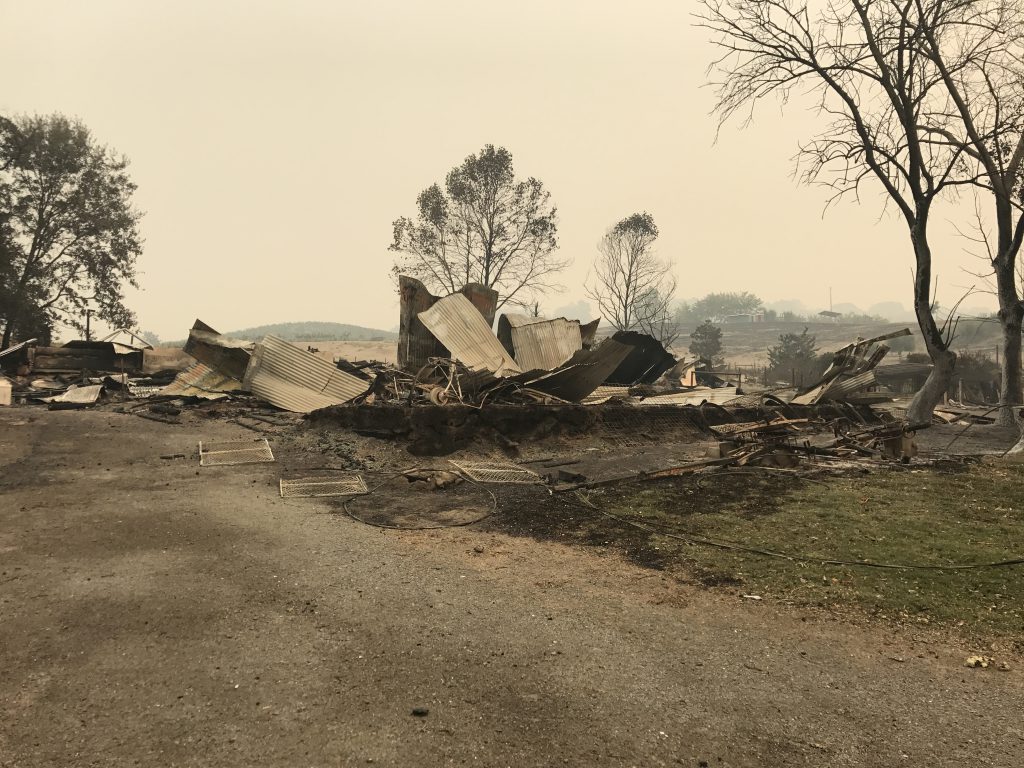
She tried to make it to the ranch, but the roads were closed and the smoke was too heavy to get through. The owner was away, but, luckily, a handful of people were able to get the horses out of their stalls and into an arena before they evacuated. Then, people with horse trailers rescued the animals and brought them to the nearby fairgrounds.
Hellum-Willits joined the horses there. There were over two hundred area horses in the stalls at the grounds, along with llamas, goats, and sheep. The fairgrounds were practically surrounded by the fires and it was incredibly smoky, with ash falling everywhere. At first, it was chaos, with no one knowing what to do.
“Everyone was just doing what they could,” remembered Hellum-Willits. “You felt both helpless and hectic.”
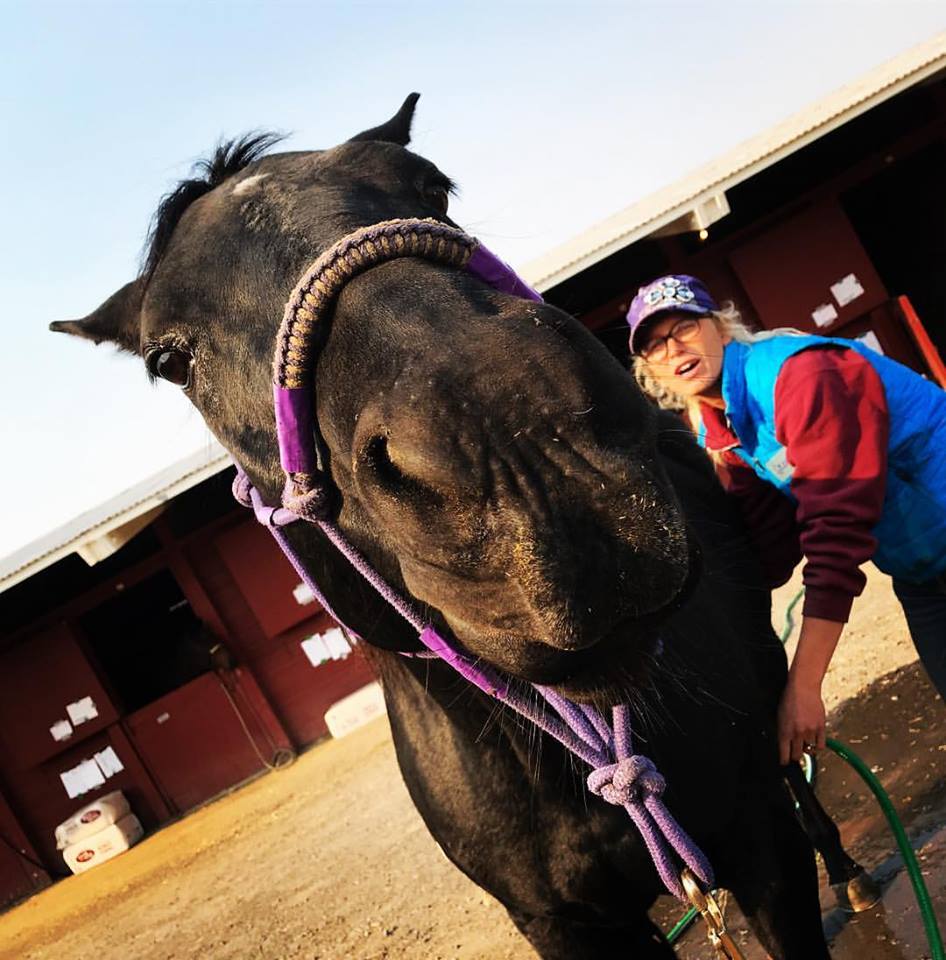
The first big task: identifying all of the horses and the ranches they were from. Hellum-Willits tracked down the horses she recognized, marking their name and the ranch’s name with duct tape on their hindquarters and halters. Most of the Cloverleaf horses were fine, with only slight singeing around their hooves. Out of a herd of 35 horses, 33 survived the blaze.
Food for the horses was also an immediate concern. One of the only buildings still standing at Cloverleaf was the hay barn, so Hellum-Willits hopped in her truck and drove back to the fires, through the police barricades, to salvage some hay.
Putting a WWU Equestrian Education to Use
Hellum-Willits credits her college education with helping her manage the chaos. She remembers being a keeper at William Woods, where she had to care for a group of horses and turn in organized lists and charts of what she did to every horse.
“I remember thinking it was excessive at the time,” she laughed. “But that experience at William Woods gave me a template of organization so that I knew what information to collect about the horses (like feeding and walking schedules) and I could act without thinking about it. It was a reflex.”
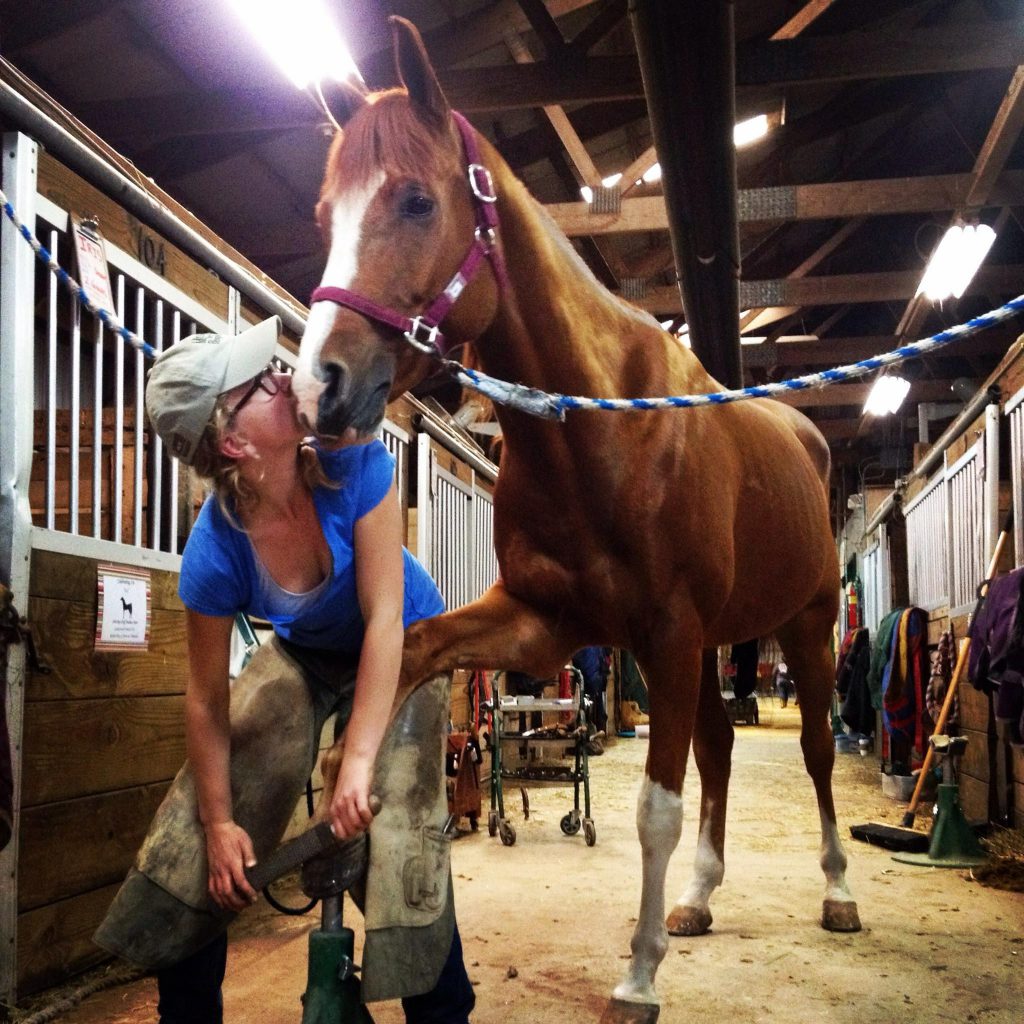
At The Woods, she also learned how to talk to vets, including what details of a horse’s medical history to share, the finer points of a horse’s anatomy, important drug names and uses, etc.
“It was the little things that made a big difference and helped us care for the horses faster,” she said. “I had that language in my head because of school.”
After the Fires
Now that the fires are out, cleanup has begun, the horses have found homes, and life is settling down, Hellum-Willits is back in action working as an equine vet assistant.
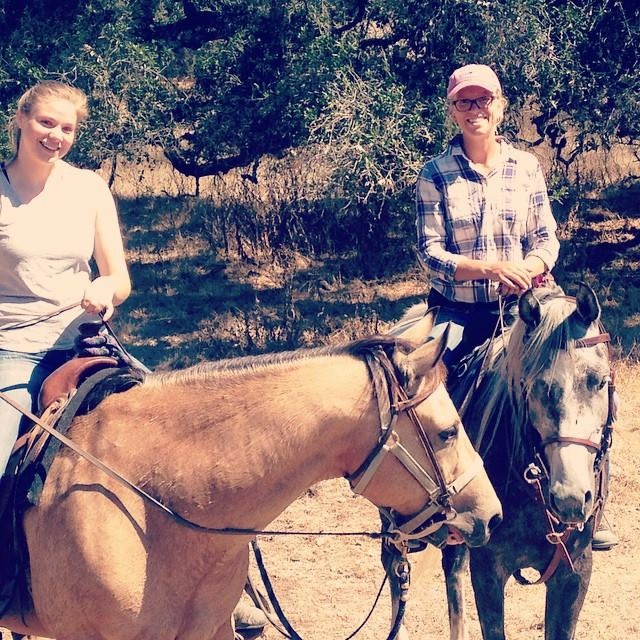
In addition to working with horses, Hellum-Willits is also pursuing another passion: singing. She released her first album “Life Worth Living” in December; it’s a mix of folk and country, combined with blues and jazz.
2017 is in the record books as the most destructive California wildfire season in history, laying waste to 1.2 million acres. With that much devastation, it’s hard to find a positive note. But not for Hellum-Willits.
“What is really uplifting is how this county has come together and is so supportive,” she said. “We have too many volunteers and too many donations. That, for me, is the silver lining in all of it. I got to see people’s true, generous colors and how loving, generous, and caring everyone is in this community.”
To find out how Cloverleaf is doing and help with the rebuilding efforts, check out their GoFundMe page.

